7.15am, Southwark, London: Battersea may have the ritzier penthouse apartments but, a few miles across south London, it is another of London’s reformed, former coal-fuelled power stations that we have chosen as the departure point of what should be a very special journey.
We will be tackling it in the grandest of modern, electric grand touring coupés. Visible through the windscreen of the new Rolls-Royce Spectre and the dankness of a November metropolitan morning, what was once Bankside Power Station – now, of course, the Tate Modern art gallery – can still just about hold its own among the neighbouring high-rises of the city’s ever-climbing skyline.
Some 40 years older than its more fashionable equivalent in SW11, this is a monument to a time, in the late 19th century, when the UK’s capital city was giddy with the first flush of infatuation for electricity. Finished in 1891 to supply power (mostly for street lighting) to the City of London just across the Thames, it became like an enormous electromagnet for young engineers who wanted to learn about ‘the new-fangled electricity’, and its potential to revolutionise the world.
A young Henry Royce (later to become Sir Frederick Henry Royce, first baronet, OBE) might have been one of them, but having spent several years working in London already, his fast-moving career had by then spirited him off in a few different directions – directions that we are about to retrace.
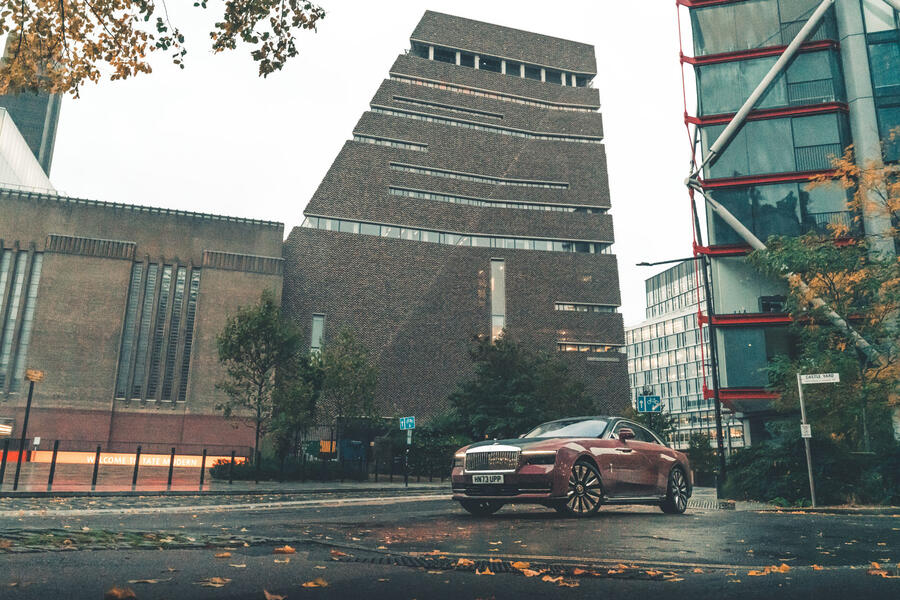
Royce is primarily thought of as a mechanical engineer – of cars, and then of aero engines. But before any of that, he was one of Britain’s pioneer electrical engineers – and if he hadn’t been, his outlook on so much else that he would later produce might have been very different.
The life story of Royce, who rose out of the unimaginable poverty of the clogged, filthy streets of 1870s London to become one of Britain’s greatest engineering minds of the 20th century (and father of the Rolls-Royce Merlin aero engine so critical to Britain’s World War II effort), is like no other.
![]()
Having been so poor as to be out carrying telegrams across the capital’s streets at the age of nine, and with only a year of formal schooling behind him by 14, he could hardly have been less like the privileged Charles Rolls whose name history would indelibly bind – in such unjust, subordinating order – to his own.
Rolls would almost certainly have been a Rolls-Royce customer if his name hadn’t been on the company stationery – but, while it was his fertile mind from which the company’s cars sprang, Royce was a miller’s son carried to greatness by a relentless work ethic.
While living and working in Southwark for London’s Electric Light and Power Generating Company in the early 1880s, Royce was a student of Hiram Maxim (claimed inventor of the light bulb) and William Ayrton, taking evening classes to expand his understanding.
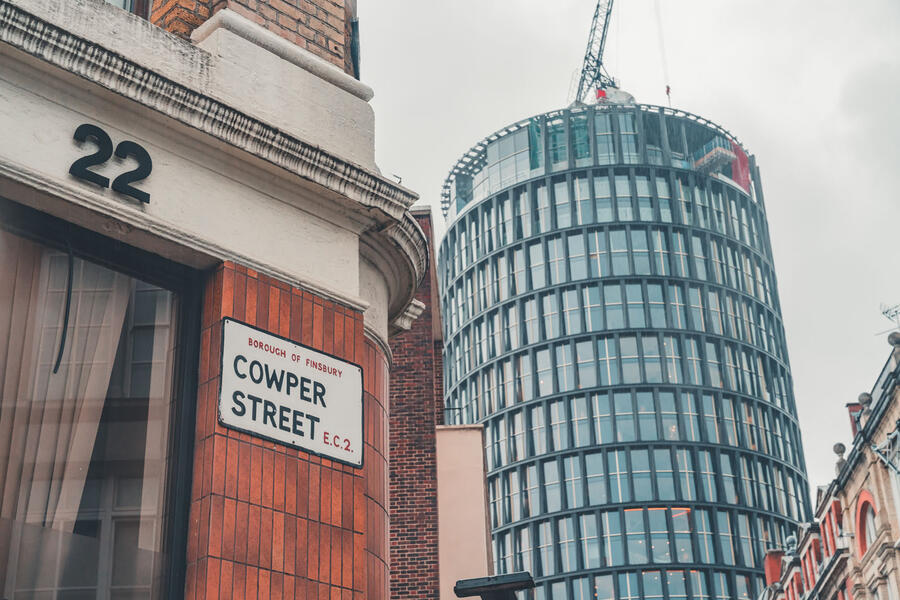
And so, before striking out north from London, we drive the Spectre across Southwark Bridge (which also conveyed Bankside’s power lines across the river all those years ago), and stop for a few minutes in Cowper Street, Shoreditch: site of the UK’s first City and Guilds technical college, where a young Royce burnt his midnight oil.
It now looks like a fee-paying boys’ school, outside which the cyclists swarm past as if in some feeding frenzy. One passing pupil nudges his mate and says “look, it’s an electric Rolls-Royce!”, but most of the rest of London’s rush hour inhabitants are as preoccupied and disinterested as ever they seem.
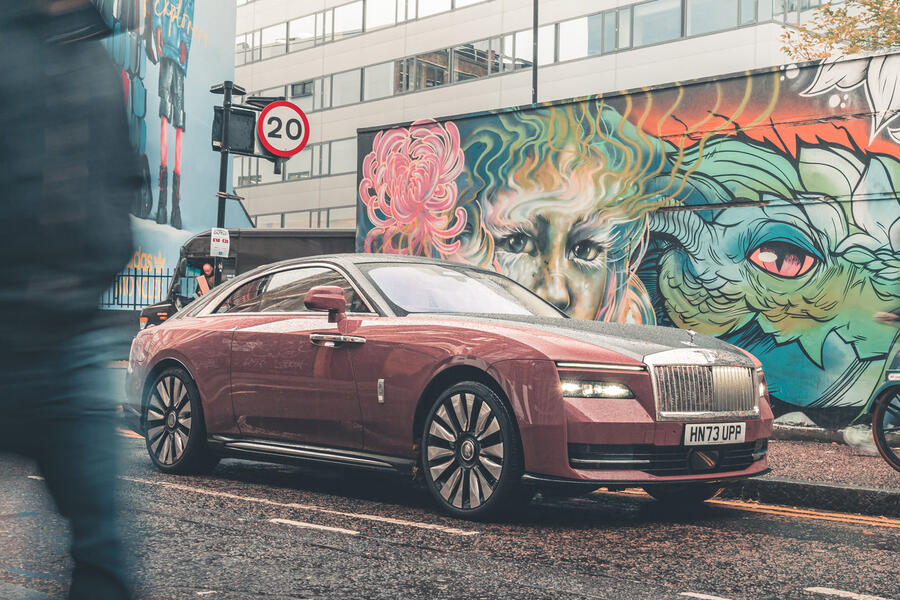
Delighted to avoid silently wiping any of them out, we point the Spectre’s elegant prow northwards to Bloomsbury, Highbury and the base of the M1. On a nearly full charge, the car’s battery is promising a little over 250 miles of range – and, today, that might even be enough.
11.35am, A50, south-east of Derby
The Spectre takes to motorway cruising in majestically refined style. For the past couple of hours, it has made Bedfordshire, Royce’s native Northamptonshire, and Leicestershire fly by the window as if it were some ultra-high-end maglev train.
![]()
The car’s wafting air-sprung ride, which can occasionally evidence an under-damped clunk or shudder over sharp edges at town speeds, seems to make it hover at bigger speeds.
There is very little noise from wind or road, and none at all from the powertrain, unless you activate the Spectre’s ‘Rolls-Royce noise’ – which is quite a tricky one to describe.
![]()
Imagine, if you will, capturing a number of lonely male grizzly bears, clothing them in cassocks and training them to sing a gentle, low, soporific Gregorian chant on the last East Coast Main Line train of the evening bound for Edinburgh Waverley. That’s about it, I think – with obligatory hints of didgeridoo.

Turn off Goodwood’s own tribute to bad 1990s pop music, though, and the Spectre’s defining strength as a wonderful luxury GT really is abiding.
It has a little more pace, body control, steering weight and natural agility than a new Phantom, and avoids the bigger limousine’s natural speed limit too.
![]()
You can drive a Spectre quickly on the road, and it keeps control of itself. While it always feels wide and large, the four-wheel steering makes it surprisingly precise and poised.
Is it a kind of driver’s car? Secondarily, you would say. But gentility, calm, isolation and cushioned comfort are its real touchstones, as they should be in any Rolls-Royce.
We are closing on our first stop: Henry Royce’s first proper car factory, at Nightingale Road, Derby. This remains one of Britain’s true industrial cities: Rolls Royce plc still has its aero engineering business based here, with Toyota’s Burnaston plant close by, and both JCB and Bombardier.
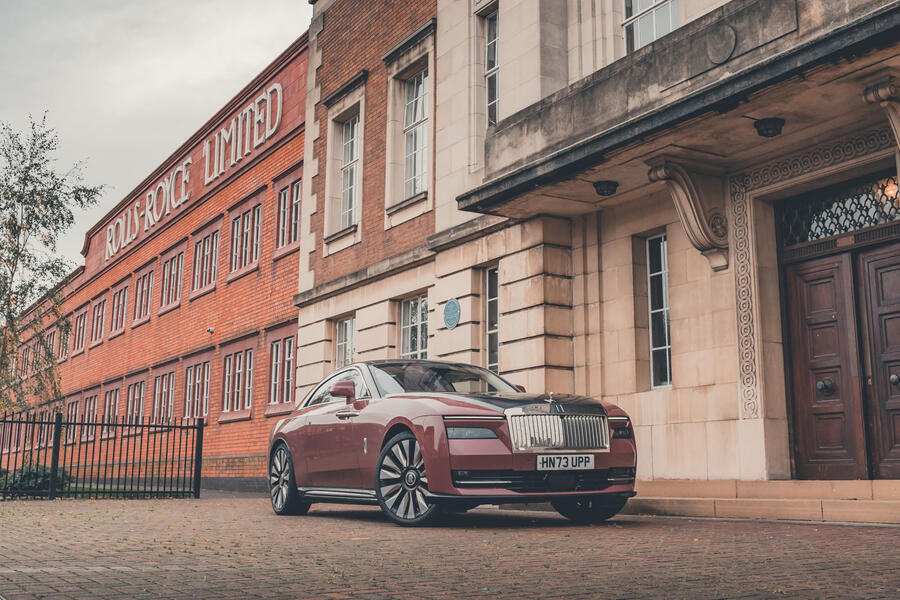
Derby still makes things, and clearly values its industrial heritage. And, even though the factory that Royce moved his business to in 1908 closed its doors in 2008, it has now been redeveloped into smart new-build houses, with conference rooms and office and event facilities available in a refurbished version of the old factory frontage – where we park for some photos.
The area’s residents take a passing interest in the Spectre, although it causes more of a stir across the main road, when we cruise around the bustling site of Rolls-Royce’s Sinfin factory campus, where some of the office workers are taking an early lunch.
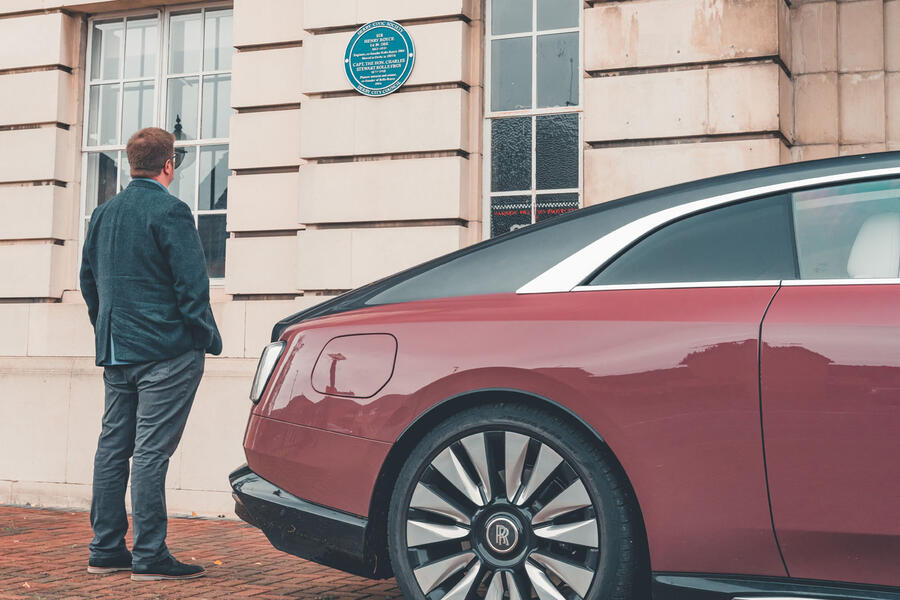
They smile and point, nattering interestedly to their colleagues as I drive back and forth for photographer Max’s camera.
“Are you lost?” a kind woman asks. Come to the wrong Rolls-Royce, perhaps? I guess you could say so – but we’re not staying long.
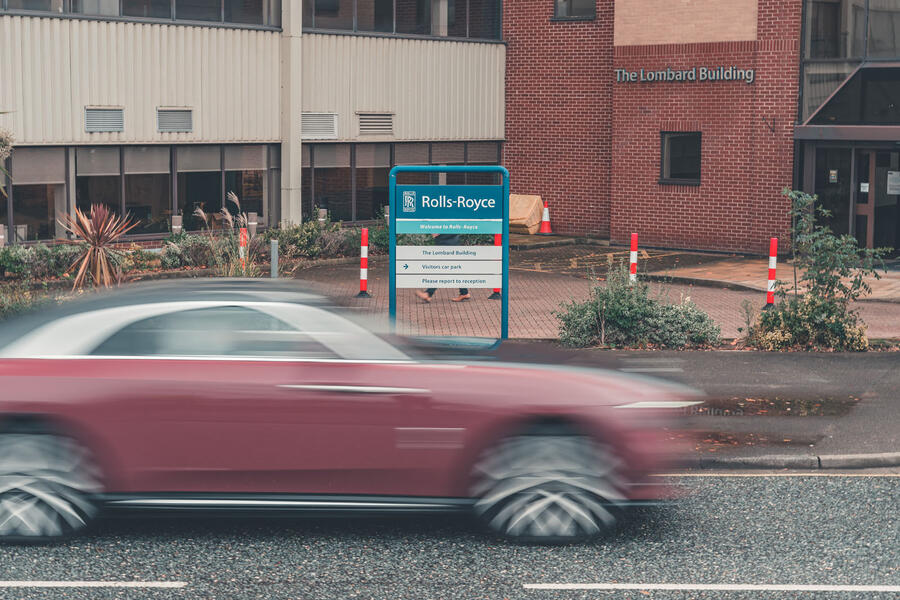
1.35pm, Costa Coffee, Stoke-on-Trent
Would that I could tell you that Royce frequented a cafe on this very spot while road testing so many Derby-built prototypes with his engineering team some 120 years ago. Sadly, our reasons for stopping here are more practical.
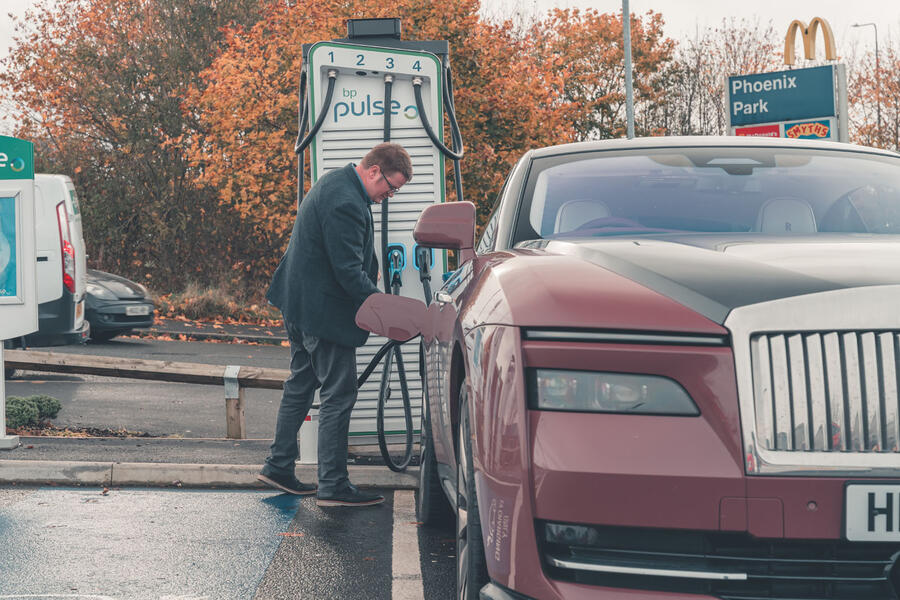
Our final destination tonight is Liverpool, via Manchester’s Trafford Park. If we’d have gone direct from London to Merseyside, it is clear that the Spectre’s range would have lasted us the approximately 220-mile trip no problem but, as it turns out, our slightly wandering route has put on miles that the car’s 102kWh battery won’t quite see out without a rapid charge.
So, if only for a short stop, we are plugged into one of BP Pulse’s finest 800V chargers. Funnily enough, this £350k EV only has a 400V architecture, so will draw DC power at a peak of just under 200kW.
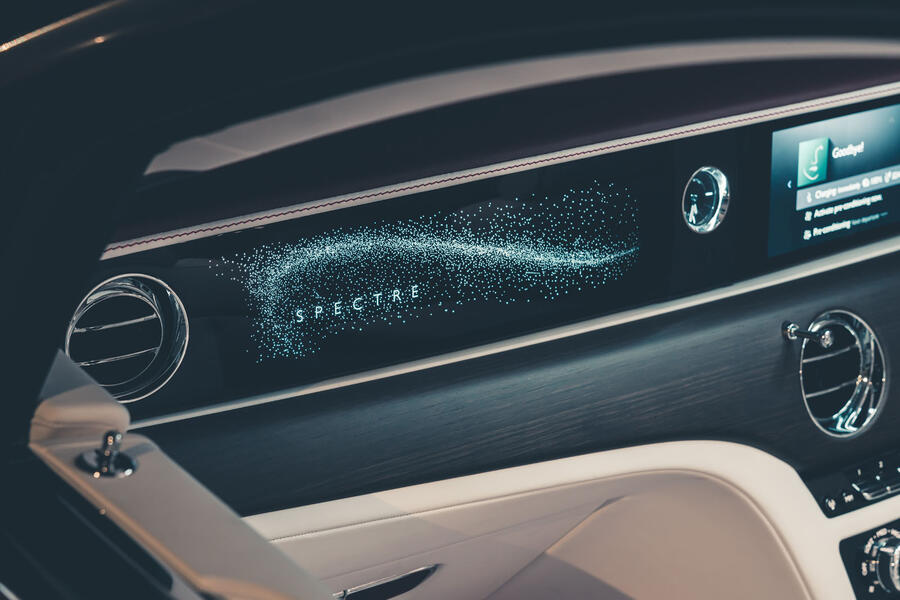
But, by the time its custodians have taken on a bite of lunch, the car has taken on an extra 100 miles of range in any case, and is ready to forge north again, this time on the M6.
Short work indeed is made of it. And before 3pm, we are gliding into Greater Manchester. We split the famously rough suburbs of Longsight and Moss Side – not areas you might expect to seek out in a car like this. But we are aiming for nearby Dearden Street, Hulme – the site of Royce’s first eponymous business: FH Royce and Company Ltd, Electrical Engineers.
Nestled these days in leafy Chichester, the current Rolls-Royce Motor Cars doesn’t refer to this place too often in its modern myth-making (although it does refer to the celebrated if contended lunch meeting between Rolls and Royce, supposedly at the nearby Midland Hotel, in 1904). So it is well worth recognising that, before Rolls-Royce was anything, or belonged anywhere else, it was very much a Lancastrian – specifically, a Mancunian – concern.
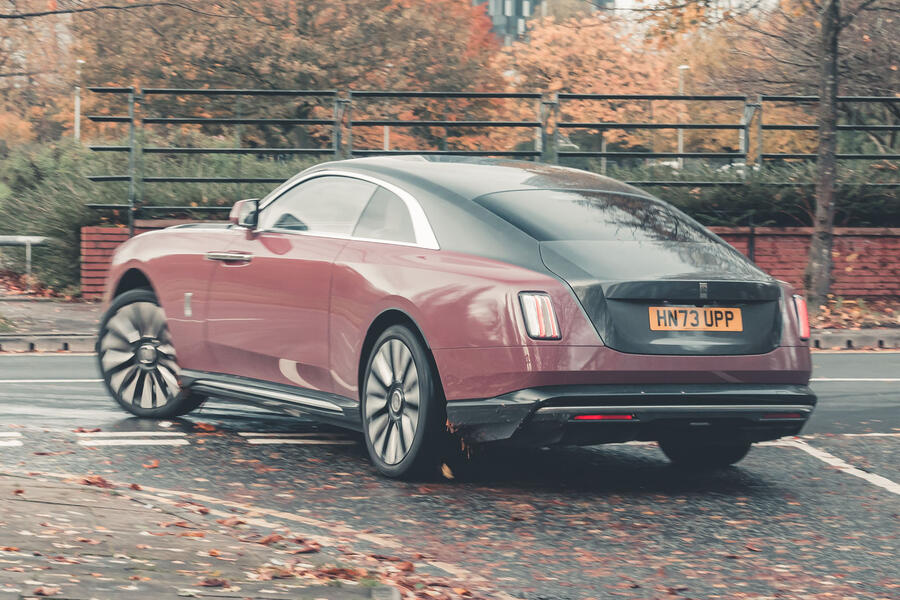
At Royce’s ‘Cooke Street’ factory (the road itself having been renamed since), first rented in 1884 but expanded quickly thereafter, the very first Rolls-Royce cars were made, among them the earliest 40/50 ‘Silver Ghosts’. Mostly, however, and before the cars, Royce’s firm made electric motors, magnetos, dynamos, winches, cranes – anything that British industry might need to electrify their businesses.
Here, for a couple of decades, the trade was evidently brisk. The factory expanded quickly, before cheaper imported electrical components forced Royce to rethink where the firm’s future may lie just after the turn of the century.
But, for as long as they lasted, all of FH Royce’s electrical wares were designed by the man himself – and, needless to say, if components like motors and dynamos aren’t smooth-spinning and perfectly balanced, they simply don’t work.
Which at least begins to explain why Royce would go on to approach combustion engine design in the way he so famously did: with a disdain for roughness and vibration, and for the ‘total loss’ cooling and lubrication systems typical of the time, and with the utmost care for robustness, quality and mechanical reliability.
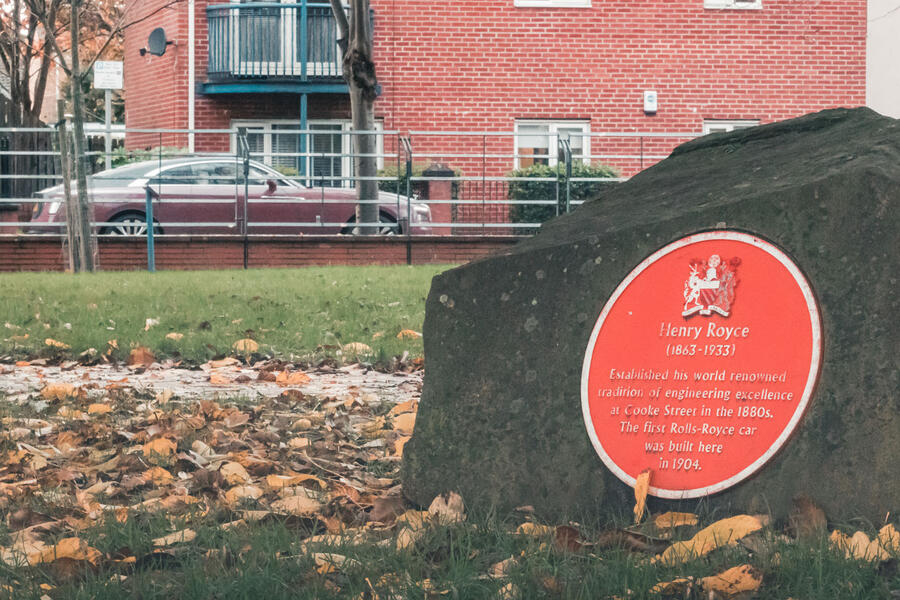
Today, Royce’s factory site has been turned into Hulme Park, a smallish but surprisingly tranquil green space of trees and winding paths.
There are no football pitches or children’s play apparatus here; it’s a good, quiet place to wander and reflect. There are just a couple of plaques, and a sculptural tribute to Rolls’ famous pantheon radiator grille, commemorating the great industrial story that started right here.
5.15pm, Albert Dock, Liverpool
After leaving London, we have been travelling further and further back in time in the life of Henry Royce, and now we are arriving where his big break was made.
Having completed his training in the capital, Royce was appointed First Electrician for the newly formed Lancashire arm of the Maxim Weston Electric Company, and his first big job was to bring electric street and theatre lighting to central Liverpool.
![]()
Working from power-generating premises on the city’s Peter’s Lane – now right in its pedestrianised heart – Royce both designed and oversaw the fitment of lighting for several streets of the city shortly before his 21st birthday in 1884.
During those few months, he is rumoured to have wandered those streets at dusk, to satisfy himself that the lights would illuminate properly – and on time.
Royce’s career with Maxim Weston was to last only a few months, however, before his employer went bust (the acquisition of too many patents, at too great a cost, reportedly to blame).
With £20 in savings to his name, he duly clubbed together with friend turned business ally EA Claremont, to strike out on his own, founding FH Royce & Company.
Our arrival into Liverpool is well timed, then, as we tour the city centre for a little while, before settling on the newly refurbished Albert Dock, with the fully illuminated city centre a backdrop for some end-of-the-line photos.
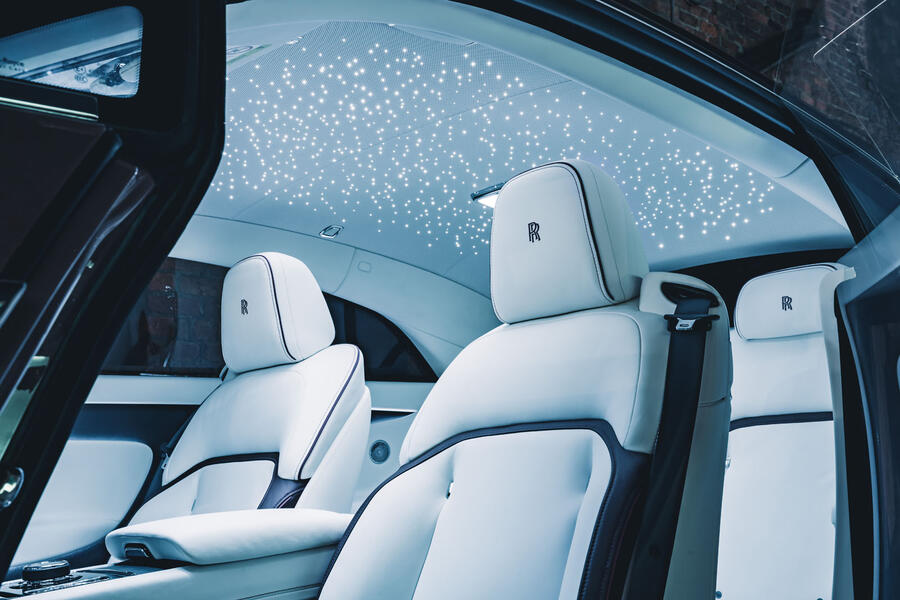
It’s a sight that surely would have gladdened the great man’s heart, but not as much, you suspect, as the prospect of the all-electric Rolls-Royce motor car – so capable, comfortable, luxurious, fast, clean and convenient – that brought us here.
More than a century ago, Royce had to admit defeat on electric cars, settling instead on emulating their finer qualities with the best piston-engined saloons he could devise – and, by doing so, inspiring an industry, and ultimately altering the course of a century.
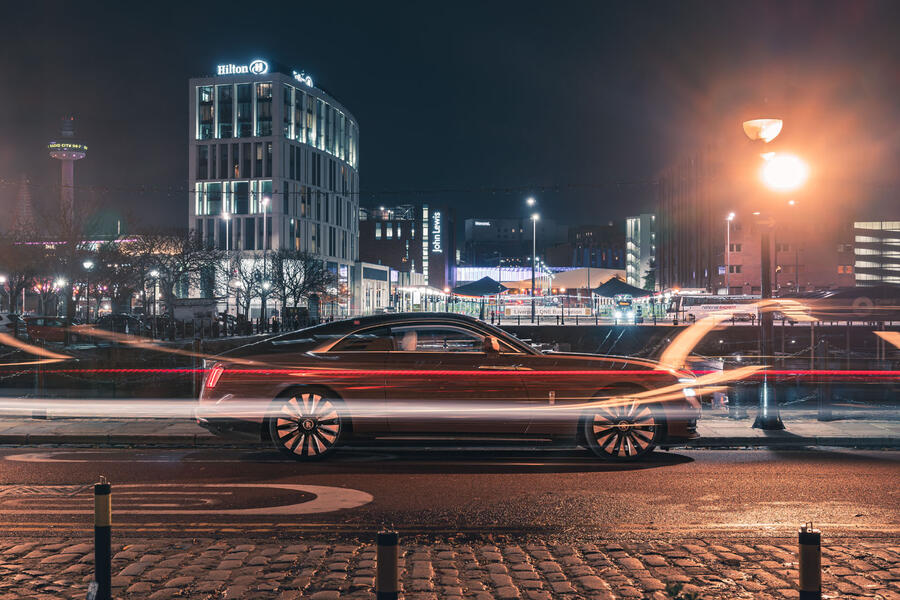
Now his story has come full circle. The world is finally ready for the electric Rolls-Royce – and, apart from everything else, the Spectre is one to nurture the memory of its founding father better than any other.
Price £332,055 Engine two separately excited synchronous motors Power 577bhp Torque 664lb ft Gearbox 1-spd reduction gear, 4WD Kerb weight 2890kg 0-62mph 4.5sec Top speed 155mph Battery 120/102kWh (total/usable) Range 329 miles, 2.9mpkWh CO2, tax band 0g/km, 2% Rivals Mercedes-AMG EQS 53, Maserati Granturismo Folgore

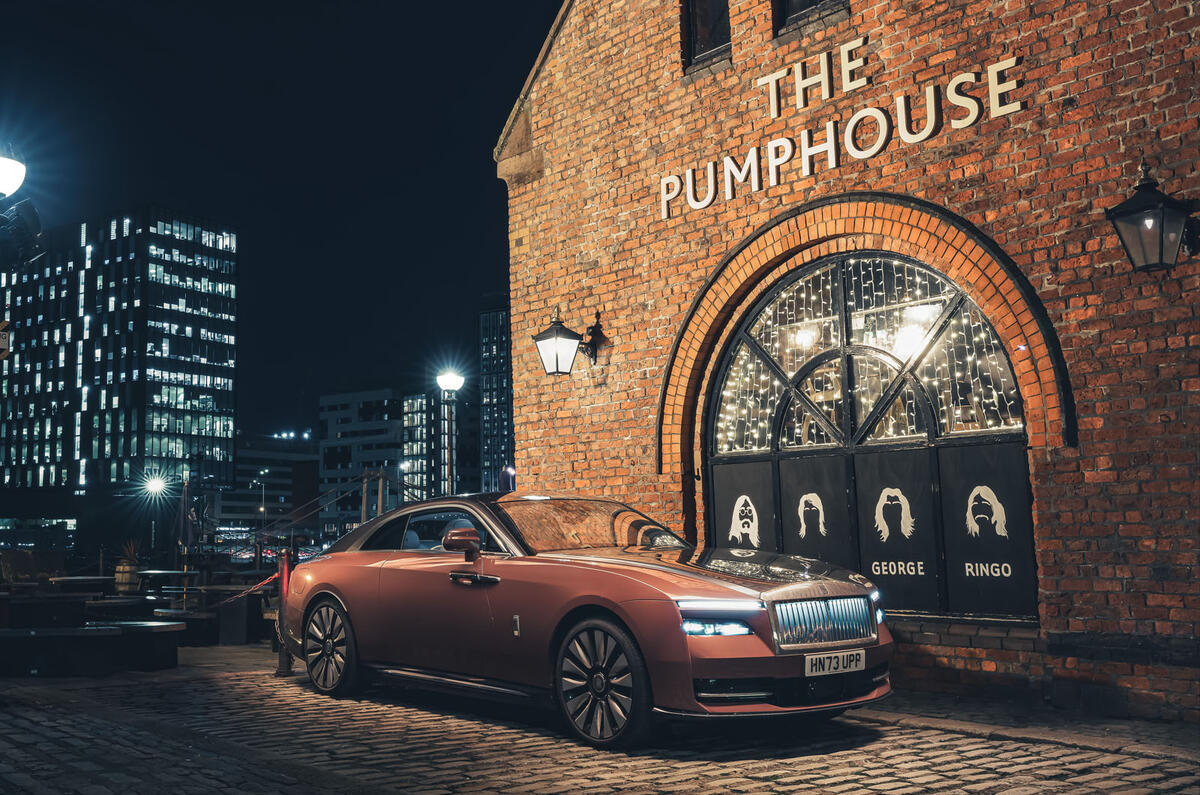
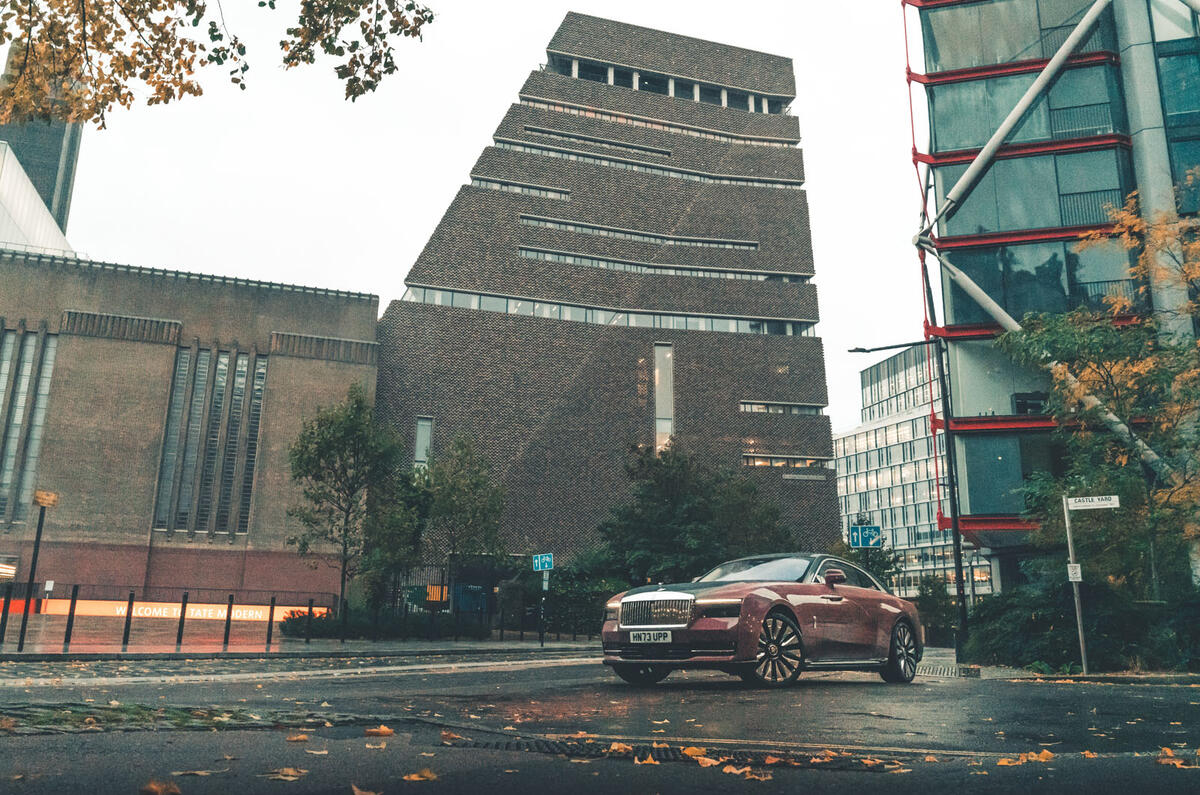
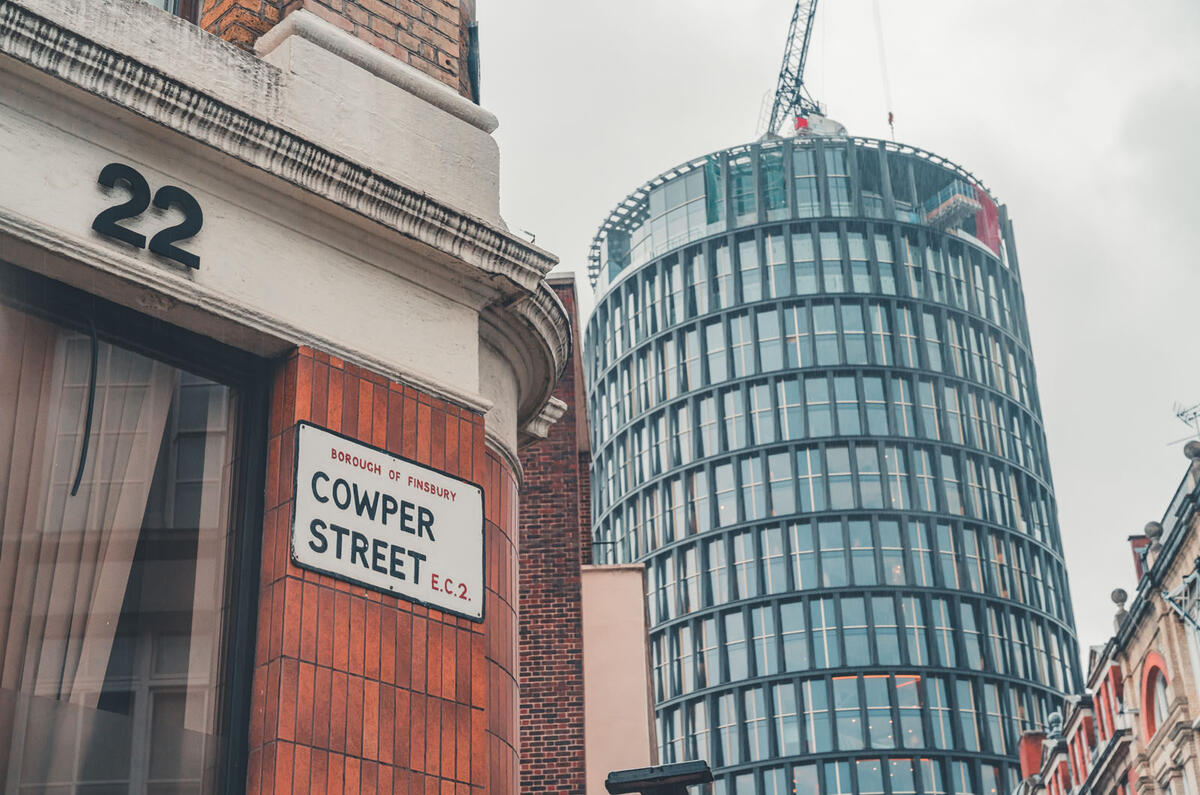
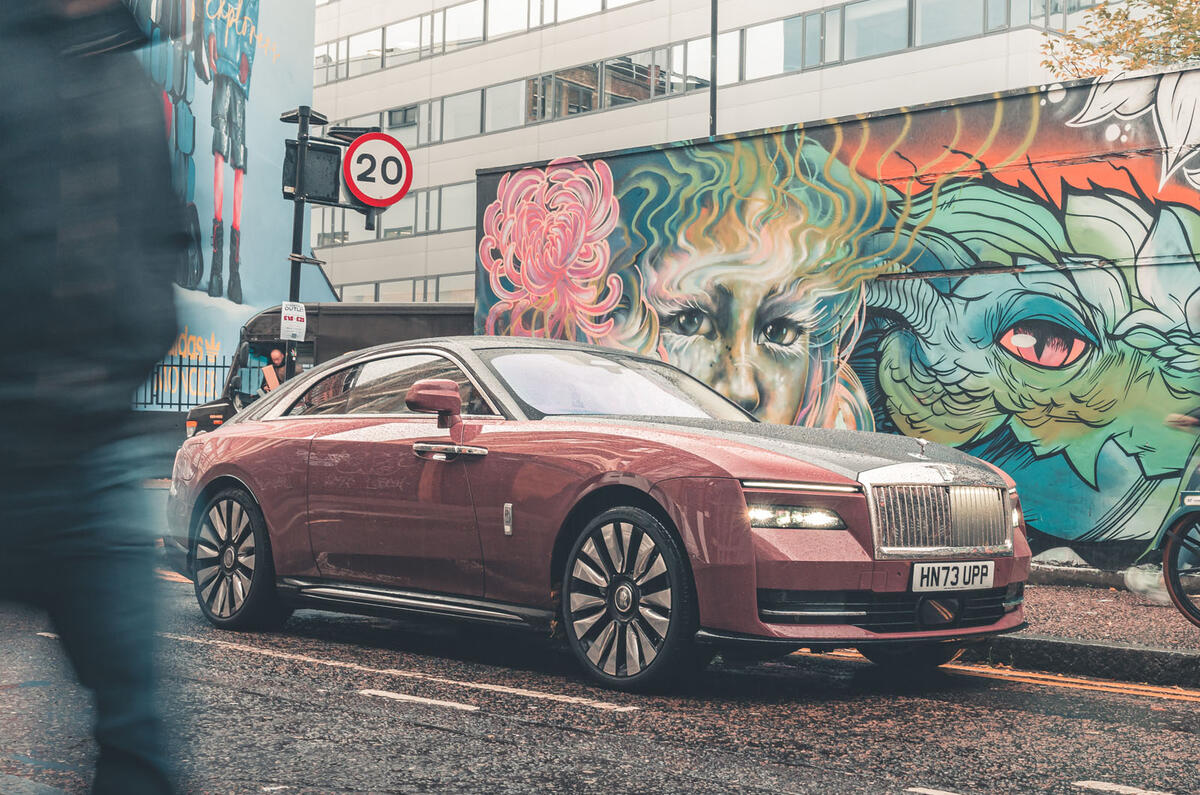
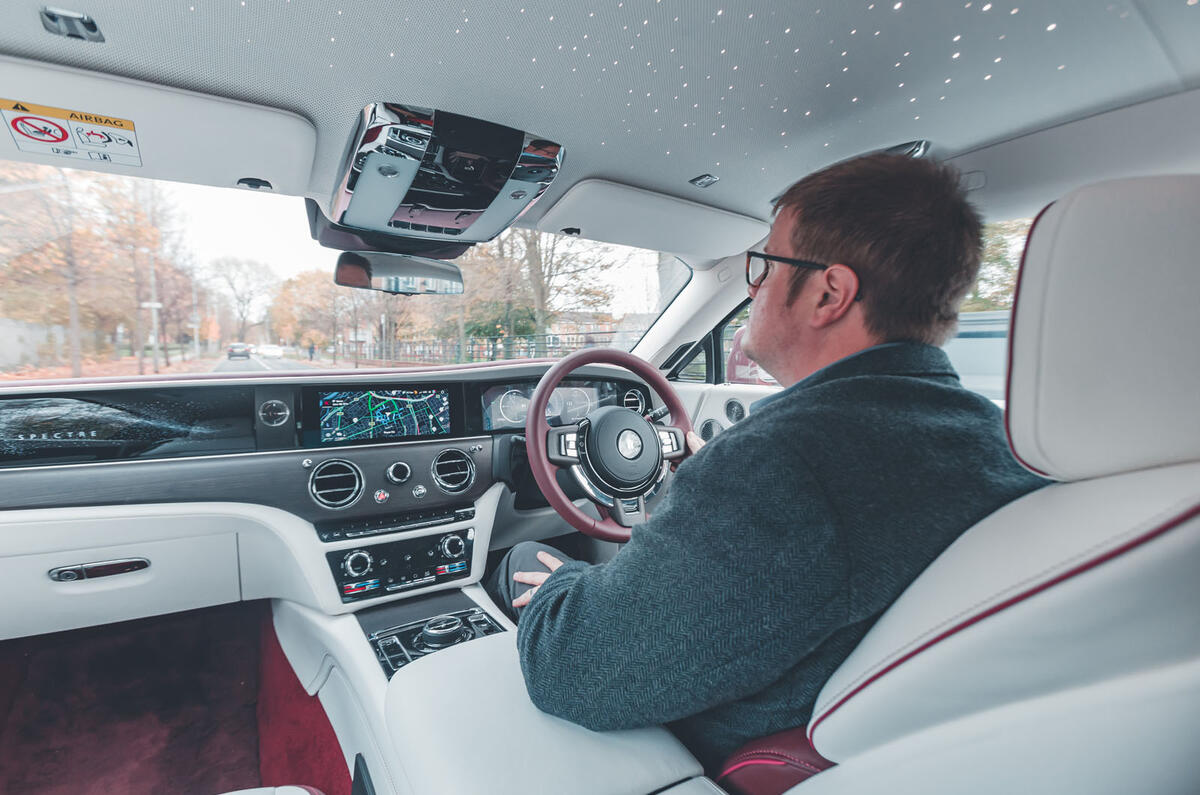
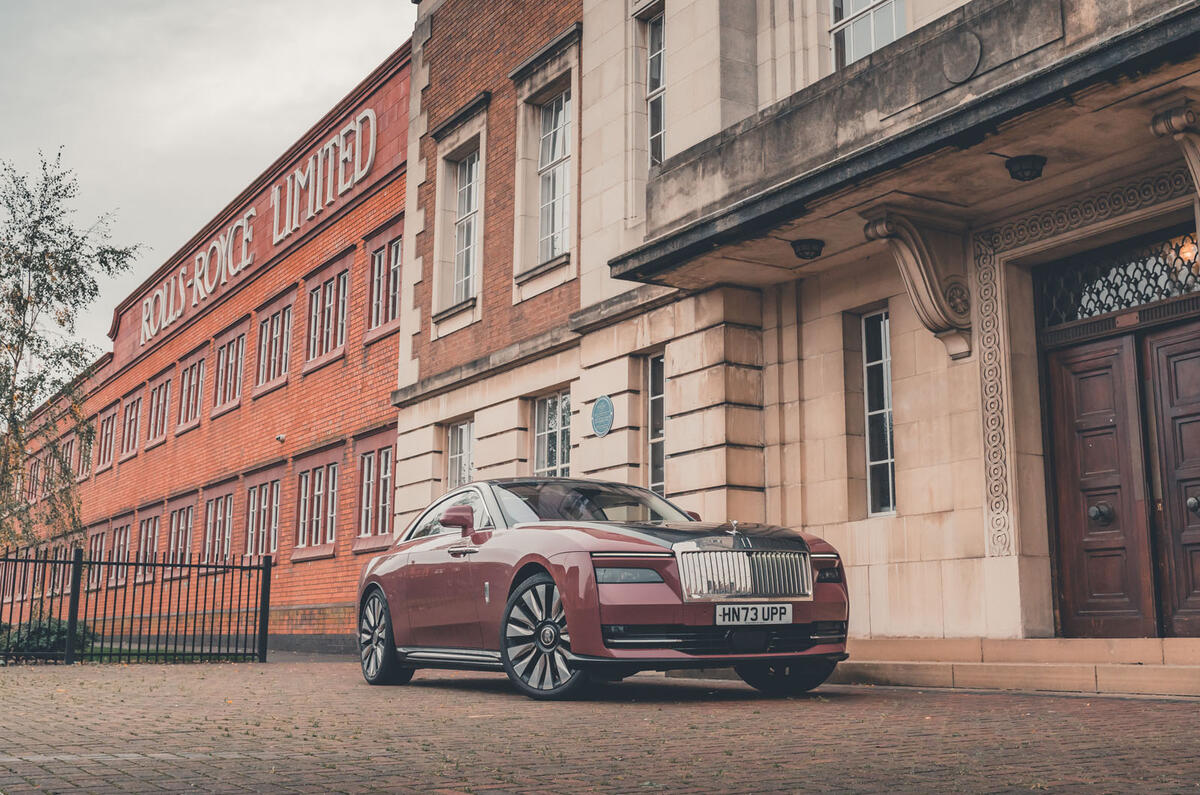
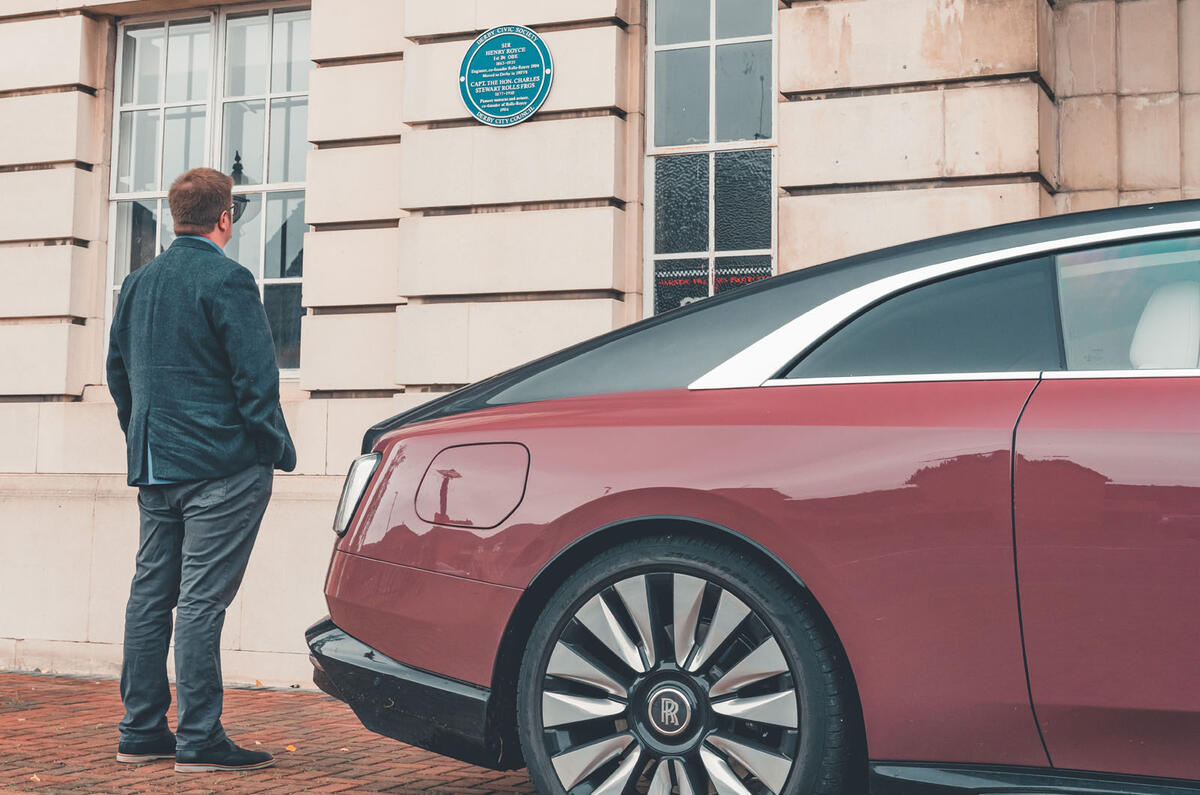
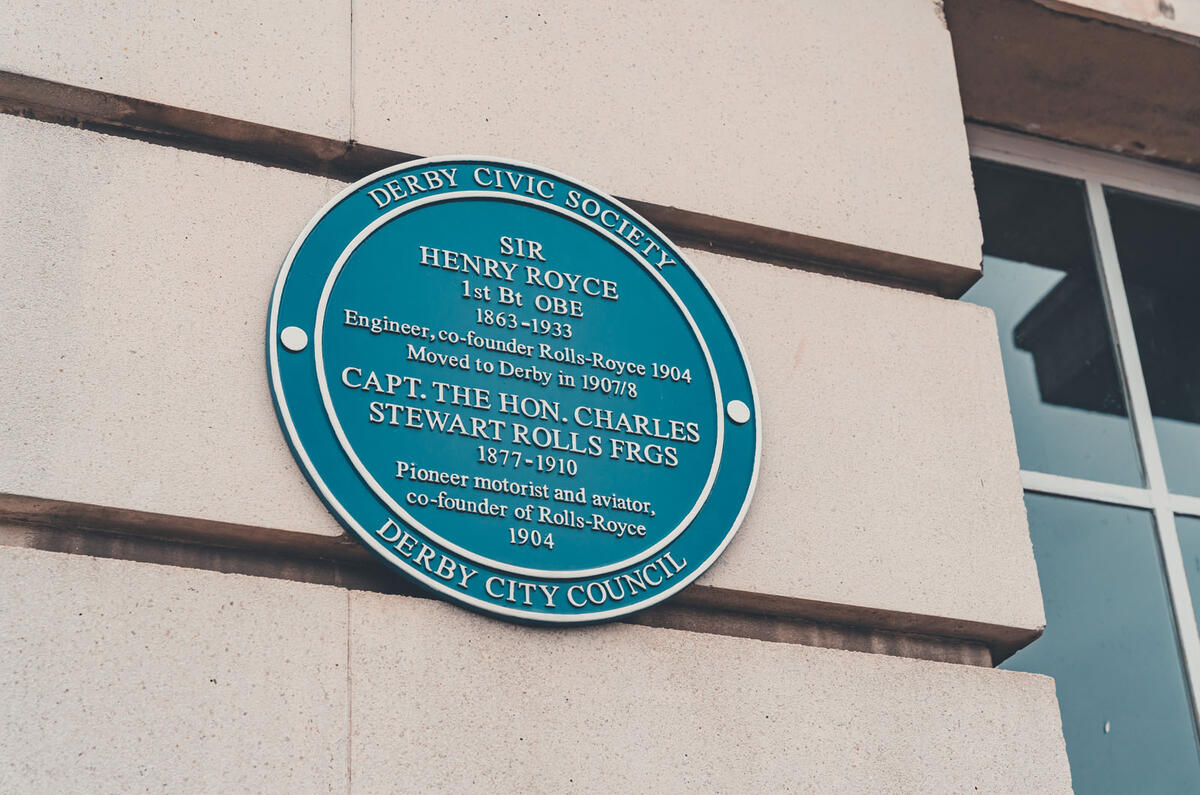



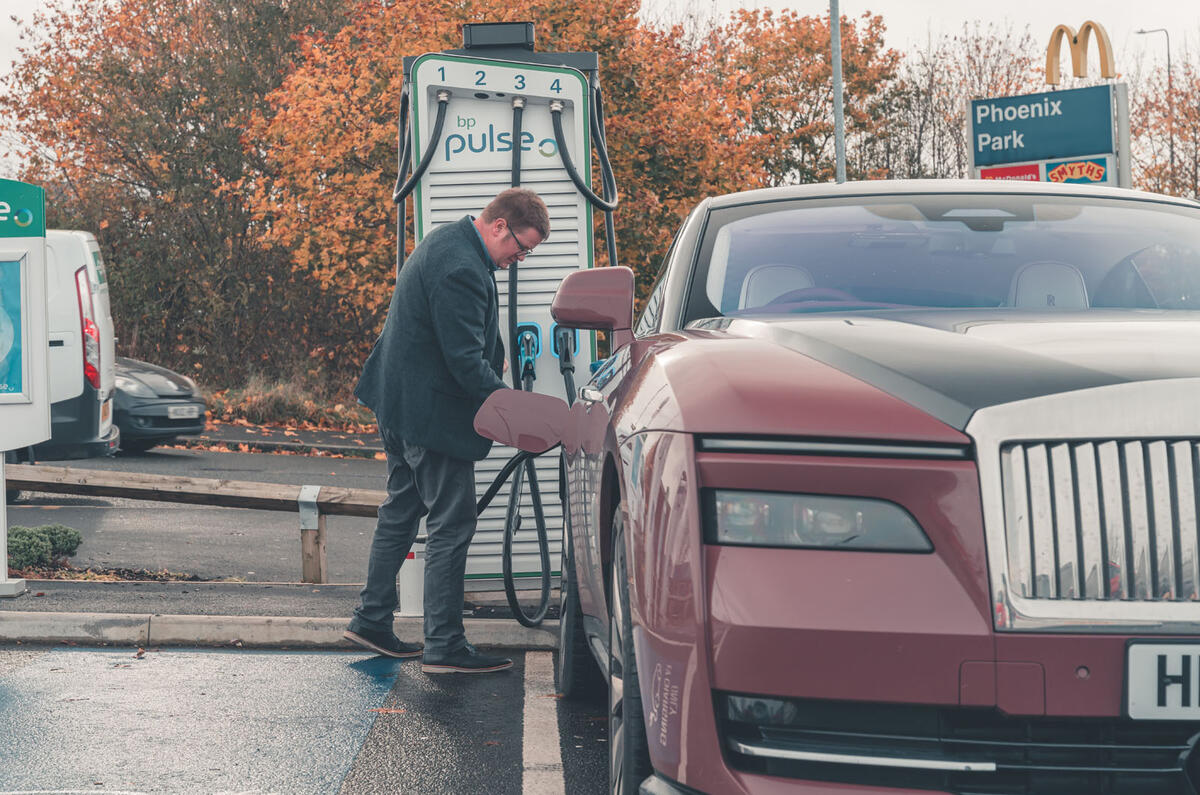
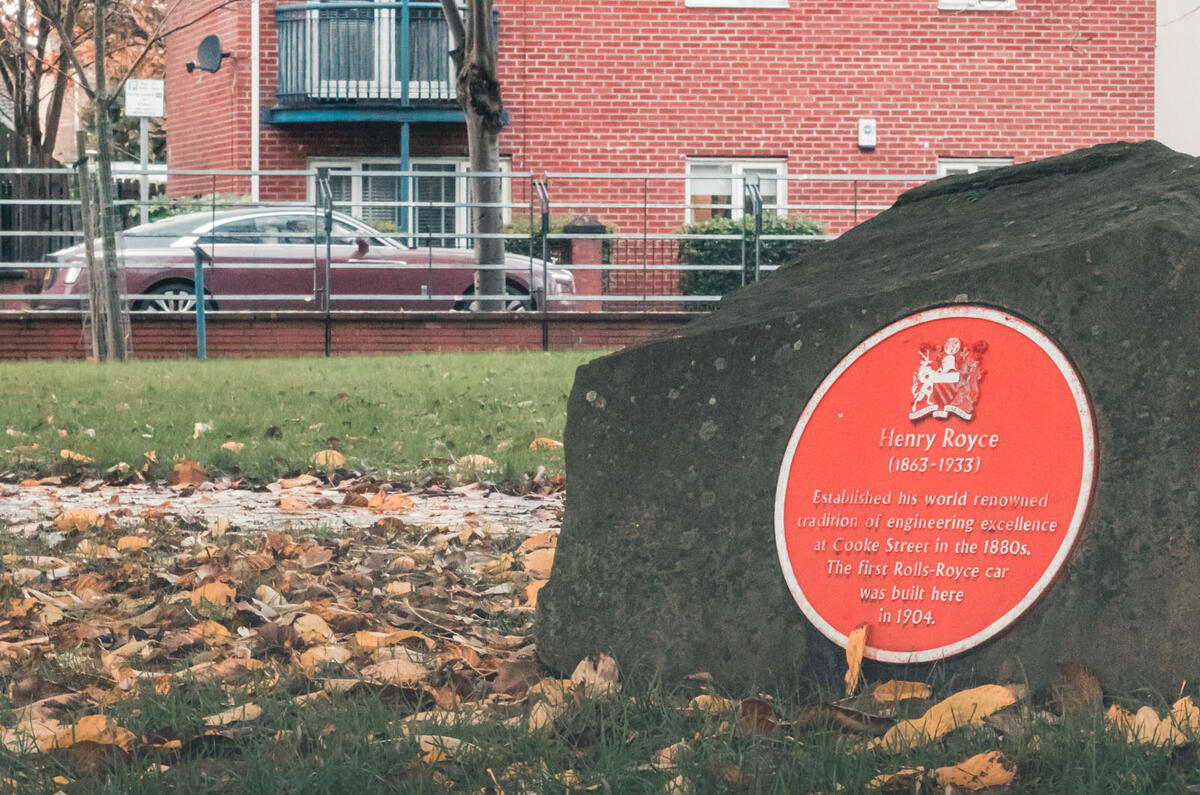
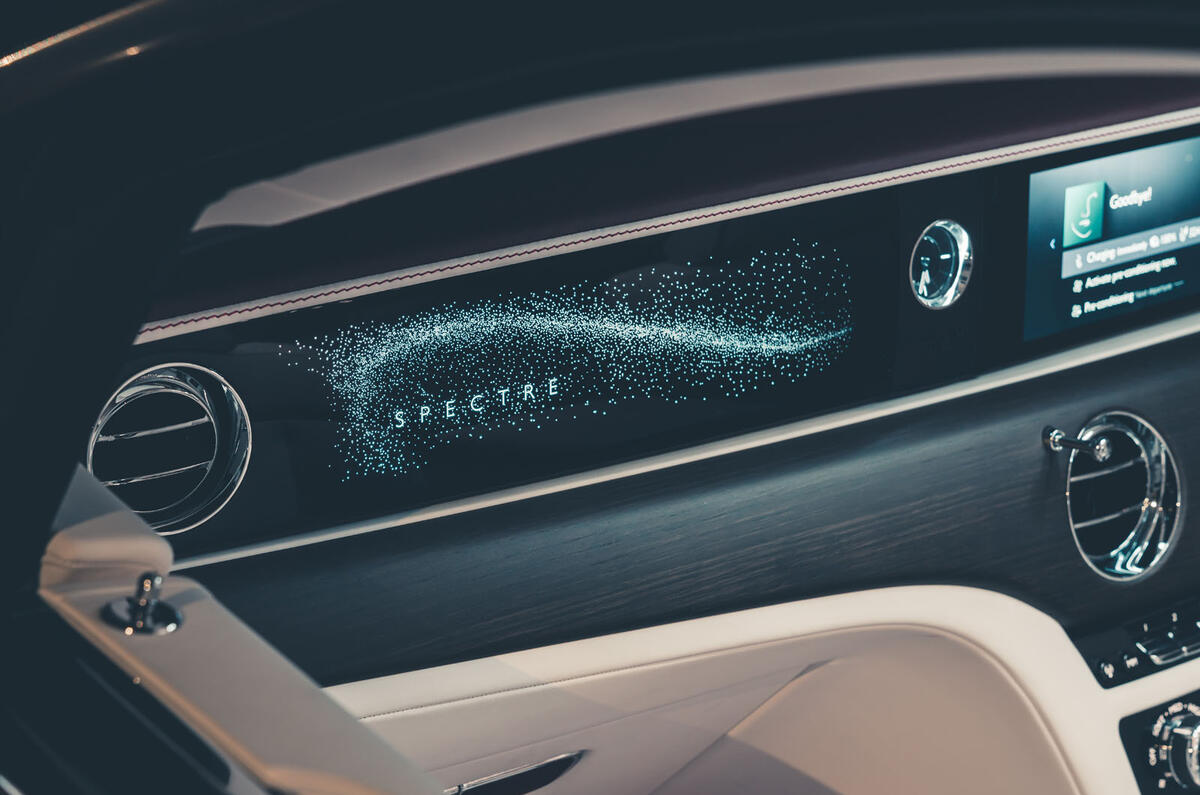
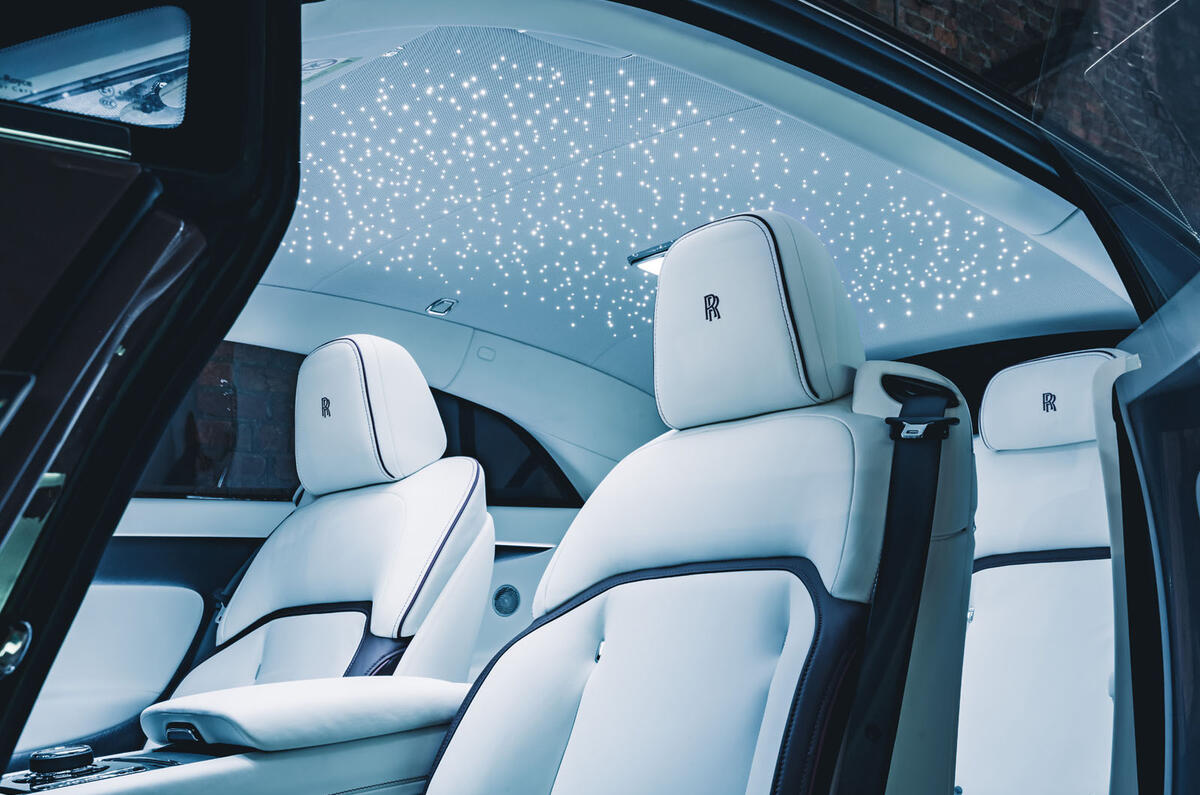
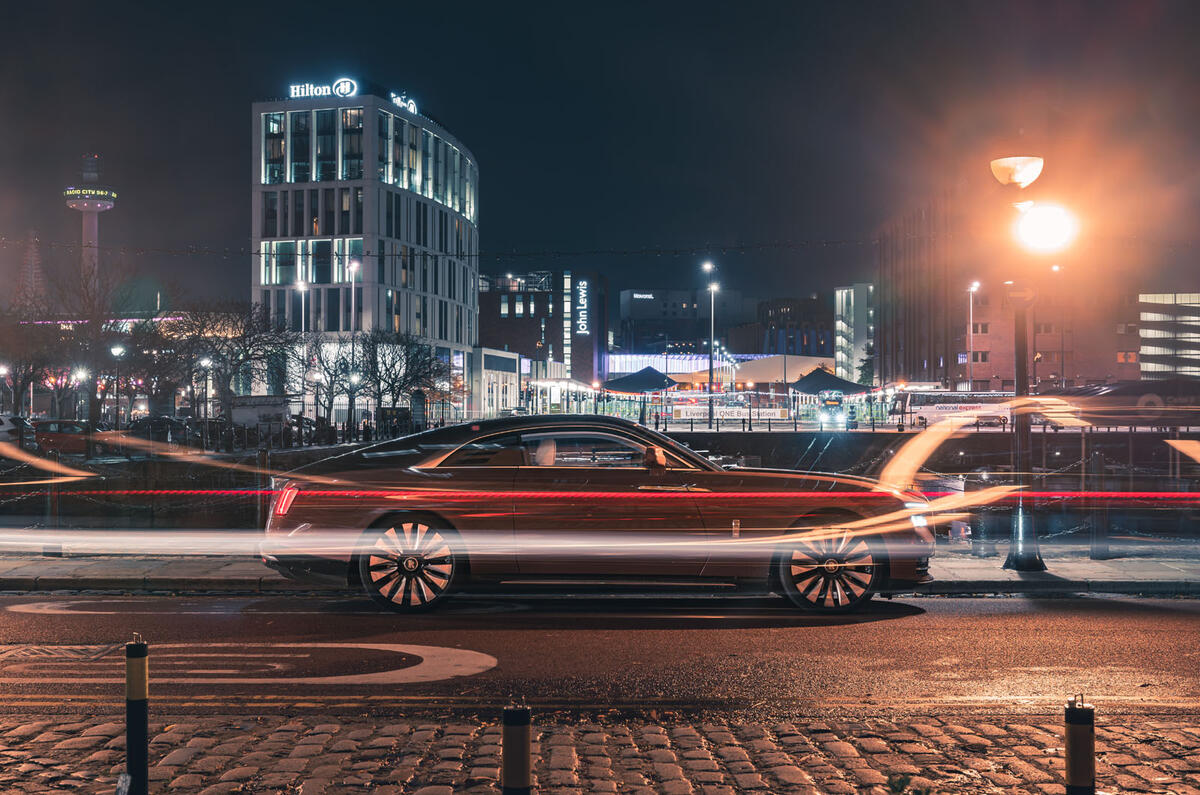
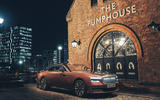
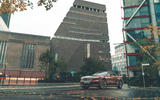


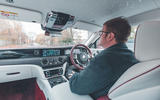

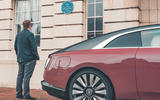
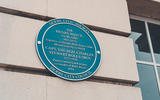
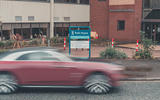
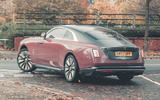
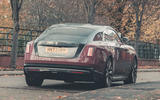

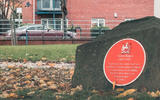

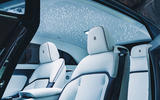







Join the debate
Add your comment
Curiously flat and washed-out pix in this article.
Intentional or wrong exposures?
Not so sure about video-game sound effects either.
I'm normally critical of Autocar cut and paste of manufacturer press releases approach to articles (and Matt Prior moaning about touchscreens) but this was a thoroughly interesting read. Great stuff.